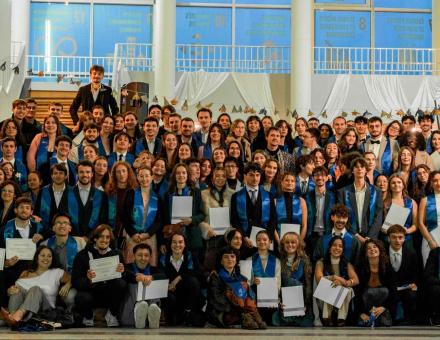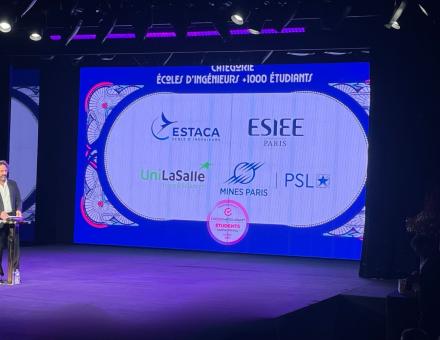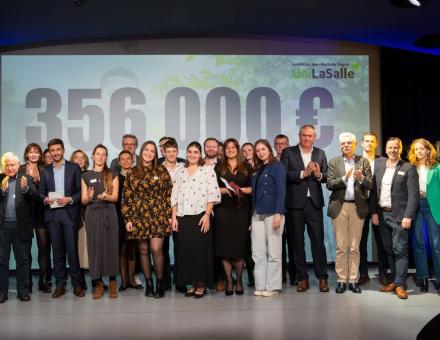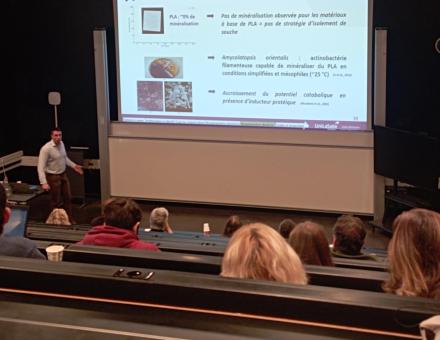Virtual reality is one of the main areas of pedagogical innovation pursued by UniLaSalle's Pedagogical Innovation Department.
With a take-up rate of almost 80%, immersive experiences are very popular with UniLaSalle students. Beyond the fun aspect, immersive technologies such as virtual reality and 3D make learning more engaging and impactful, by encouraging action and the repetition of simulations.
But did you know that almost 50% of the 360° virtual reality solutions used on our campuses were developed in-house by UniLaSalle's Educational Innovation Department?
Marion Flautre, Head of Pedagogical Innovation at UniLaSalle, explains the benefits of these technologies for learning, and how they are used in our teaching.
How can immersive solutions facilitate learning?
“Immersive technologies make learning more engaging, more impactful, putting students into action encourages memory anchoring for “fun”, long-lasting learning.
Students become actors, the “heroes” of their own training. They have to solve the problems posed in the scenario themselves. Thanks to these solutions, the field comes straight into the classroom! Students are put into situations more quickly and more frequently, and their memory is more firmly anchored.
In addition to the “Learning by doing” approach so dear to UniLaSalle, these technologies also have the enormous advantage of facilitating the reiteration of the situation and getting students to practice in complete safety, allowing them to be put into situations in environments close to the reality they will be confronted with. The virtual repetition of the gesture will enable them to master it before applying it in a real situation.”
How are immersive technologies used at UniLaSalle?
“At UniLaSalle, 80% of immersive teaching is linked to the use of 360° virtual reality; the remaining 20% concerns 3D. Almost half of the 360° solutions are developed “in-house” by the Pedagogical Innovation Department. The other half is “off-the-shelf”, turnkey content, developed by publishers or shared with other establishments.
This mix allows us to save time where 3D development on more complex subjects requires more time.
Immersion applies to all our training courses, on all our campuses. It can recreate a “field” experience without leaving the school, visit a lab, simulate a management conflict situation, take control of a system or learn a technique.
The diversity of existing solutions allows us to vary the uses. Virtual reality, for example, can be accompanied by a reflective session. A student “actor” is fitted with a virtual reality headset, and the other students see his or her actions mirrored on the classroom screen. It's a great way to engage students in debate and find solutions together.
These immersive experiences are often very popular, with an 80% take-up rate among our students.
There are still many uses to be invented, and the authoring solutions enable us to save a phenomenal amount of time in producing turnkey experiences in record time.”
How do you see virtual reality evolving in the medium term?
“I see two major trends emerging: the integration of artificial intelligence, and the rise of digital twins.
Some solutions are already starting to integrate AI avatars, adding a social dimension to the immersive experience.
The fusion of digital twin and metaverse technology offers the possibility of virtual environments faithful to the physical world, providing users with a more captivating and immersive experience.
To be continued...”






